“Photography is a magical territory, for the discovery of which freedom is the first prerequisite.” Anna Höch
COLOGNE
My first arrival at Cologne was slightly agitated. I took a train from Luxembourg for approximately four hours when I finally arrived in Köln-Süd train station at 22h30. It was pitch black outside and the train station was more like an elevated platform dominating the streets. I hopped off the train, descended a long straight stair, and here I was, in front of a street swarmed with people. It was a struggle to even progress on the sidewalk as terrasses and bars were extended toward the center of the street. I swam in the crowd with my bulky backpack for almost fifteen minutes before reaching the youth hostel. A casual Friday night in Cologne süd.
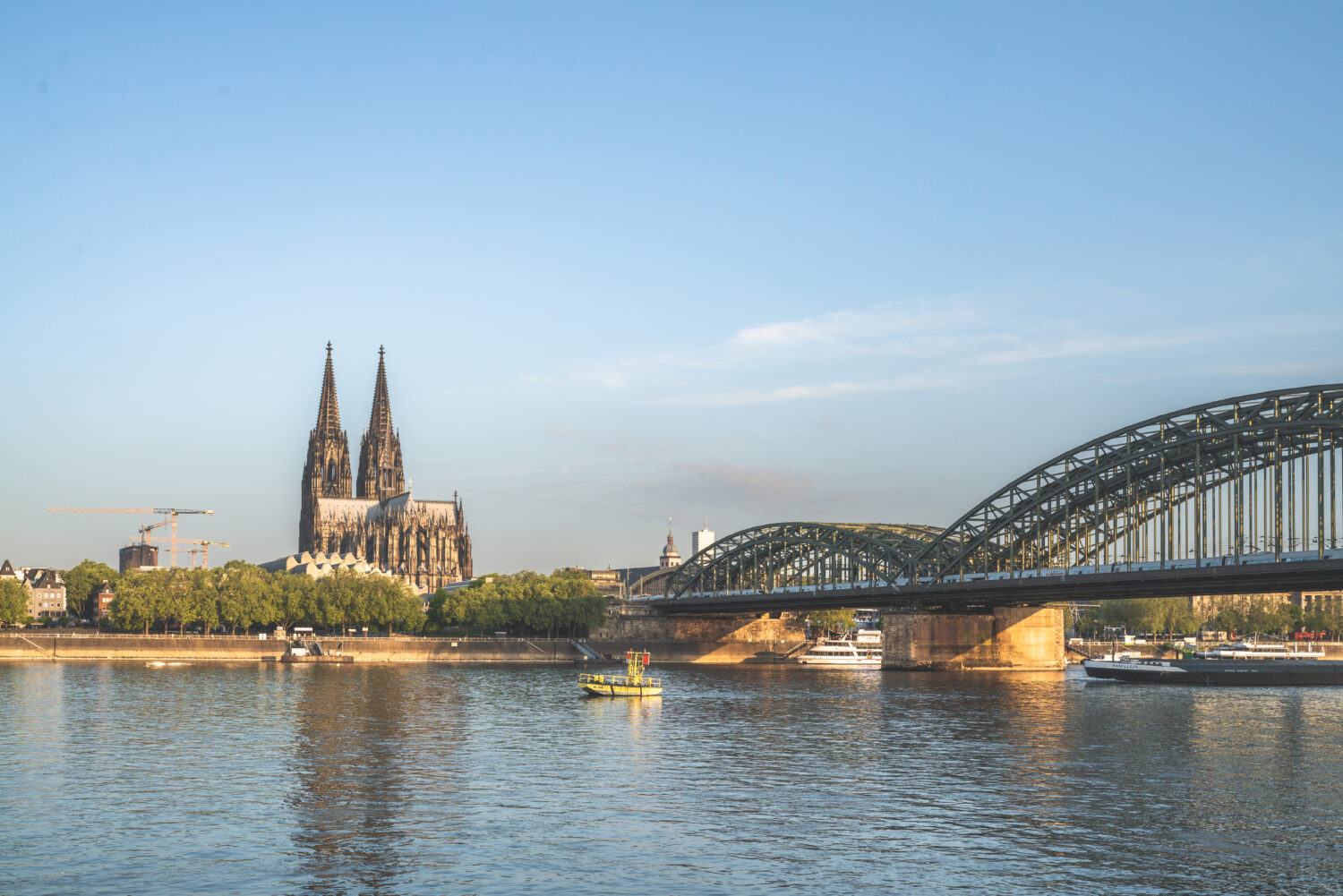
When history hits hard
Have you ever visited one of those small villages untouched by time and perfectly well preserved ? Well, Cologne isn’t one of them, it’s the fourth biggest city in Germany and 85% of the city was rebuild after the Second World War. It was so badly destroyed, that to this day, undetonated warheads are still dug out from many construction sites. A local guide told us that she was evacuated three times in the last five years, for mine clearing purposes.
Like Luxembourg city, Cologne was pretty much build on ruins, except it is on Roman foundations the city is lying on, as the city used to be a Roman Colognie. Although, unlike Luxembourg, the remains were and still are pretty much always avoided. Meaning you can find Roman ruins here and there, barely highlighted, completely decontextualized and almost ignored.
But to understand the reason behind this peculiar way of preserving the past, we have to put things into their context. After the war, under the Marshall plan, the city had to be fully rebuild as fast as possible. Because, you know, people needed a roof over their head. So during decades everything was eligible for constructions, building permits were flying all over and weren’t thoroughly scrutinized. That was what led to a continuous patchwork of incoherent buildings. Add to that a heavy corruption from the contractors in favor of the politics and you have the city of Cologne. Bribes were so potent, that in 2009 a subway station caved in, sweeping away the city archive building, which was located right on top of it. The city and the contractors did it knowingly, despite a detailed report written by experts, clearly stating that the creation of a new subway line, would highly deteriorate the existing infrastructures. The responsible were later accused of interference against the experts’ advice. However, the trial ended with a shady settlement between the three big contractors in charge of the metro station construction site and the city.
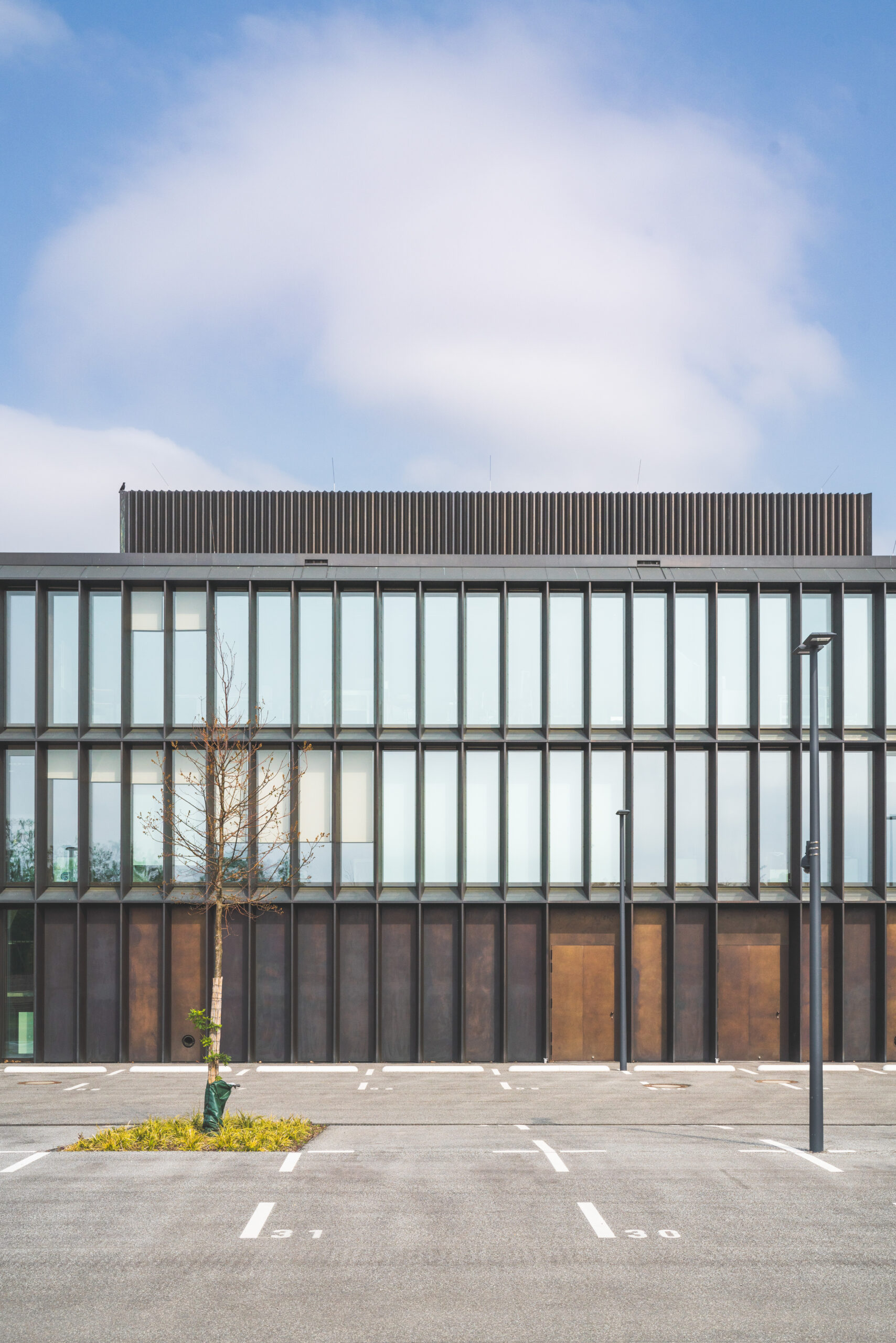
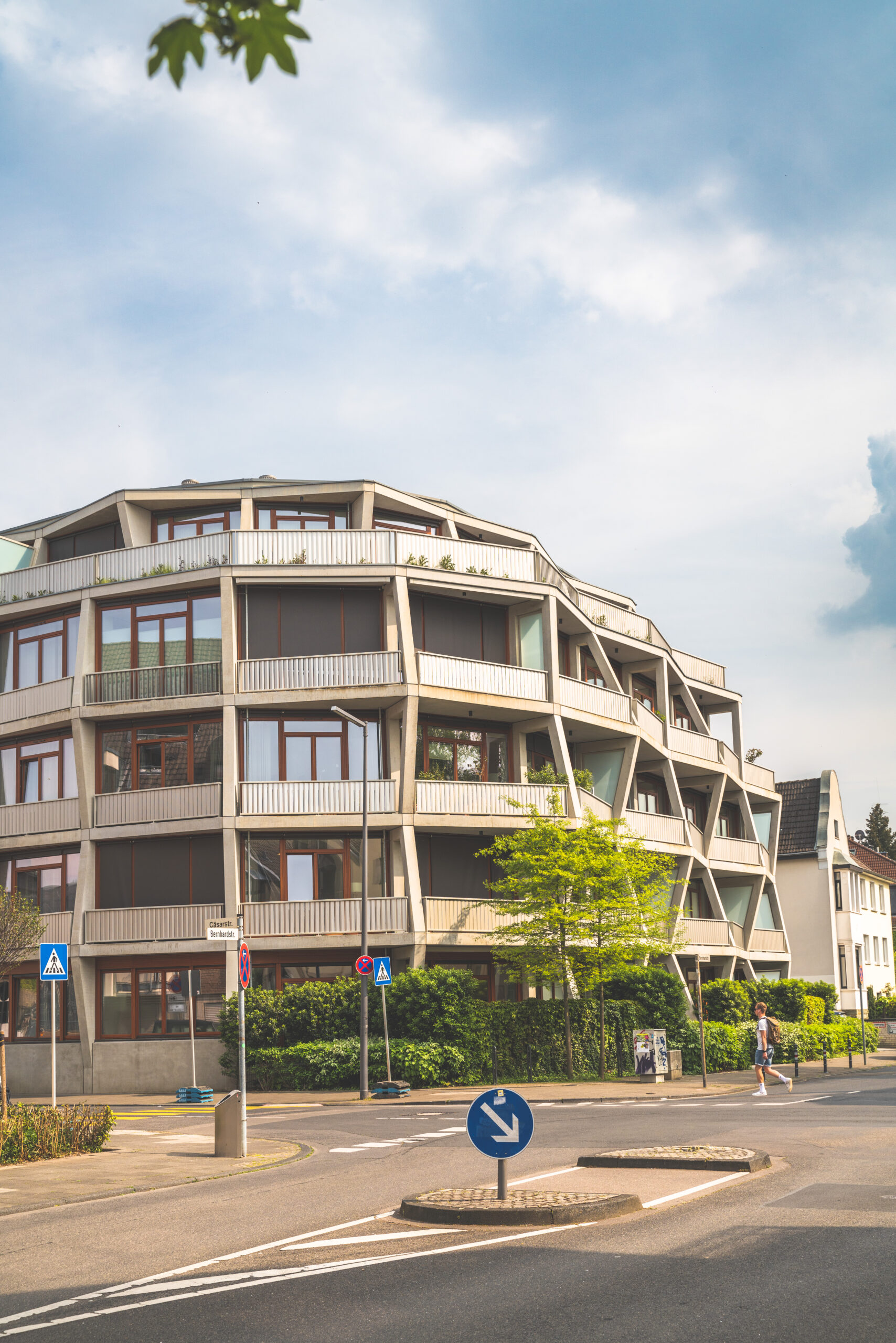
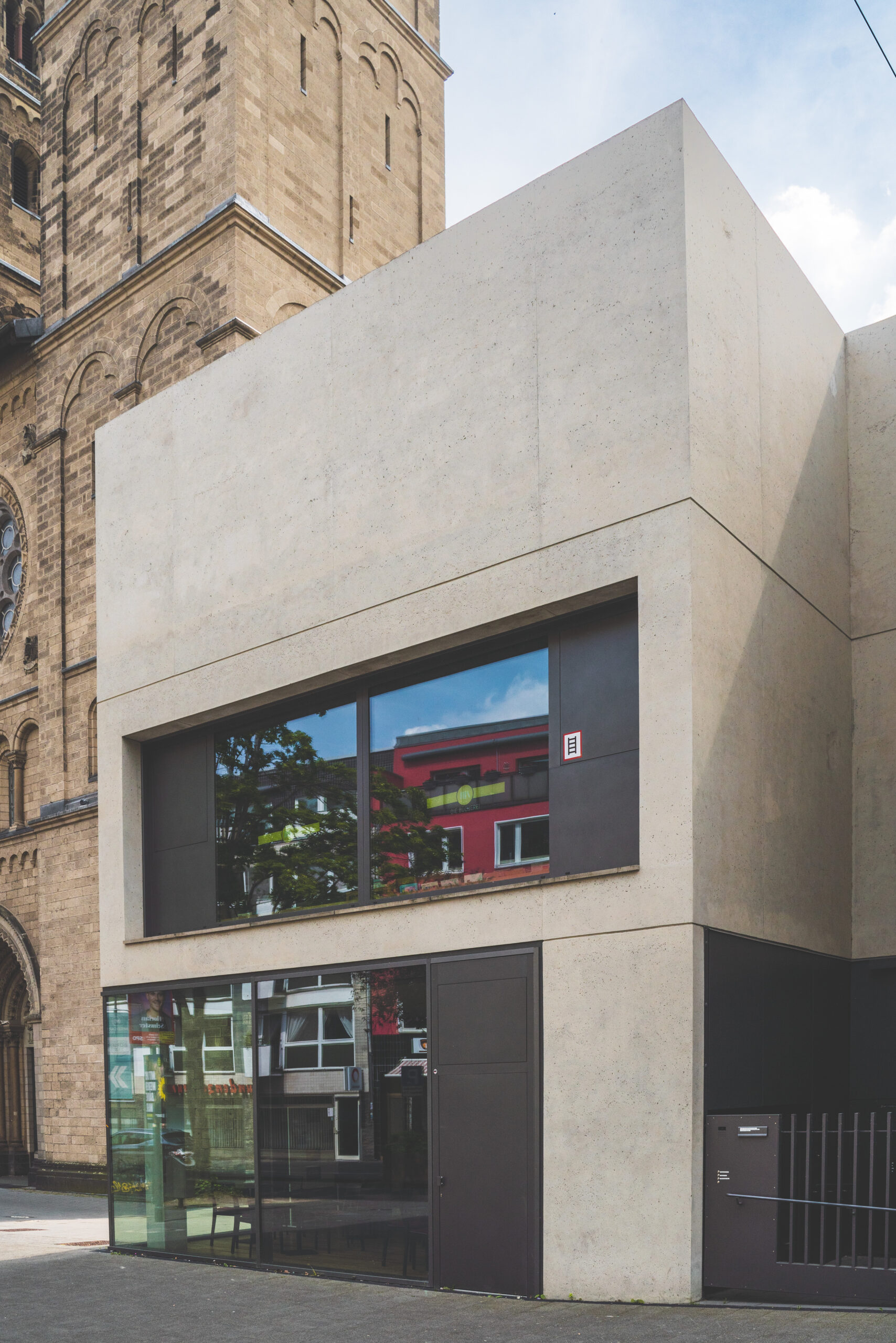
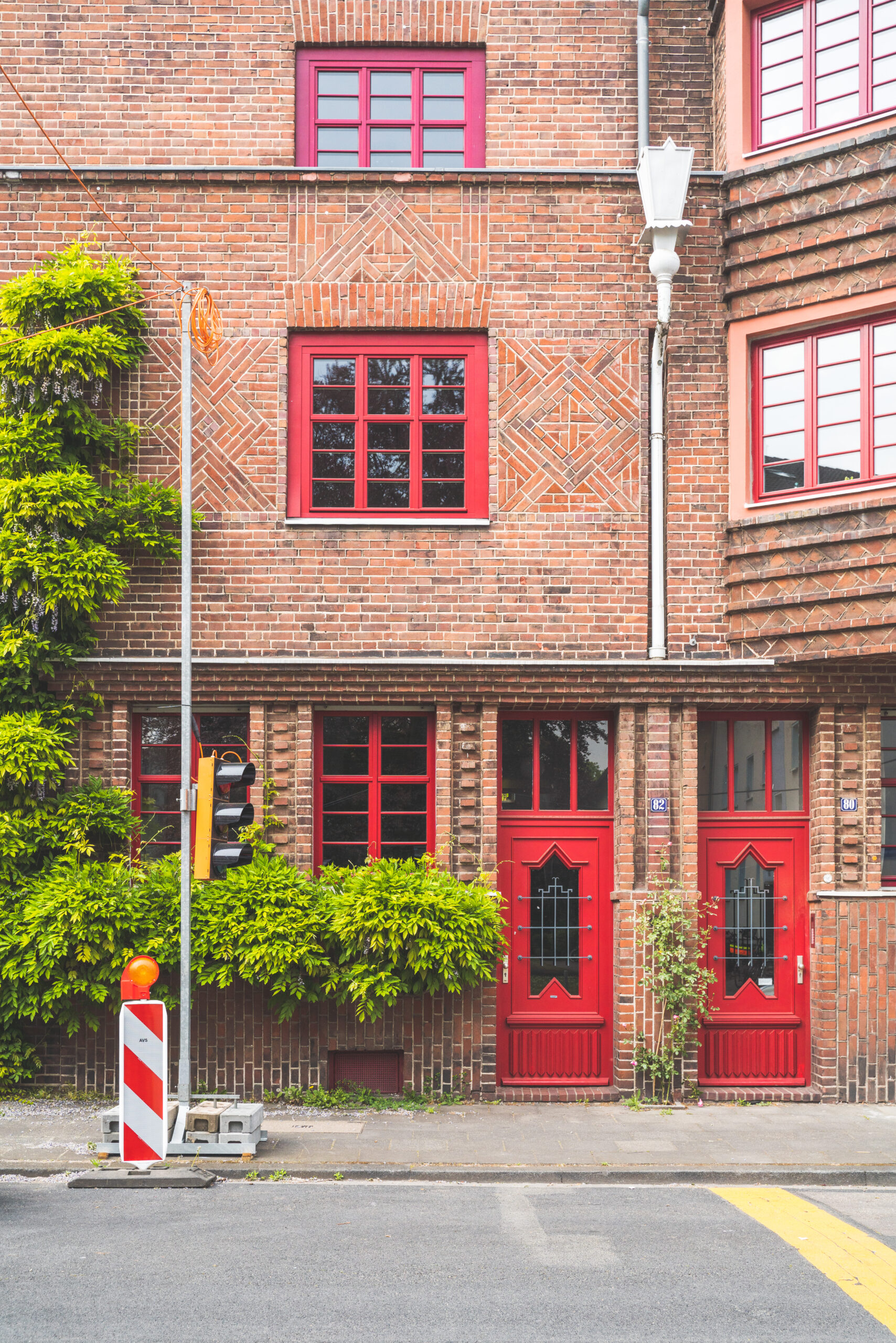
Although not everything is grim, on the contrary, Cologne has such incredible vibes. It’s alive, diverse and cosmopolite. From one neighborhood to the other the general mood can be totally different. I loved how the general atmosphere was shifting according to the time of day and the place I was sitting in. During the day, the city is fairly agitated with tourists and people casually going on with their life. In the evening, most of the people are out investing public parcs, beers in hand, barbecuing outside (it is allowed to bring your barbecue in a park, and to drink in public) and having a good time. And finally at night everything is moving and very much alive. Bars and restaurants are packed out, the streets are irradiate with light that spread on the colorful facades of the city buildings.
All the Inhabitant I met are in love with their city and are very proud of it. In fact, while getting accustomed to it, I can clearly see why. Cologne has huge parks, the city has great public spaces and a spread out waterfront on the Rhine river amongst other really outstanding urban venues. Cologne is a place filled with diversity, in which the quality of life is extraordinary plain and simple.
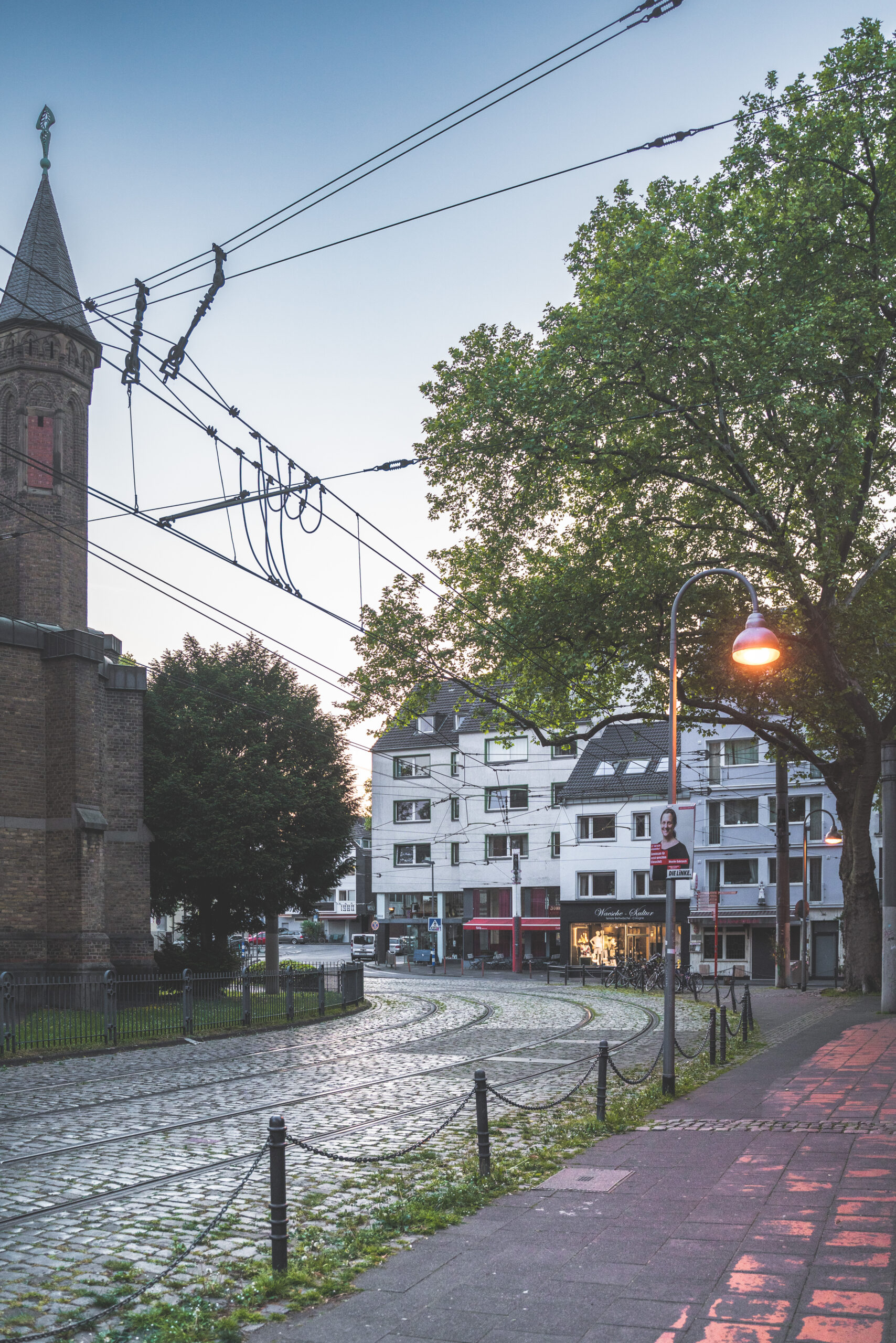
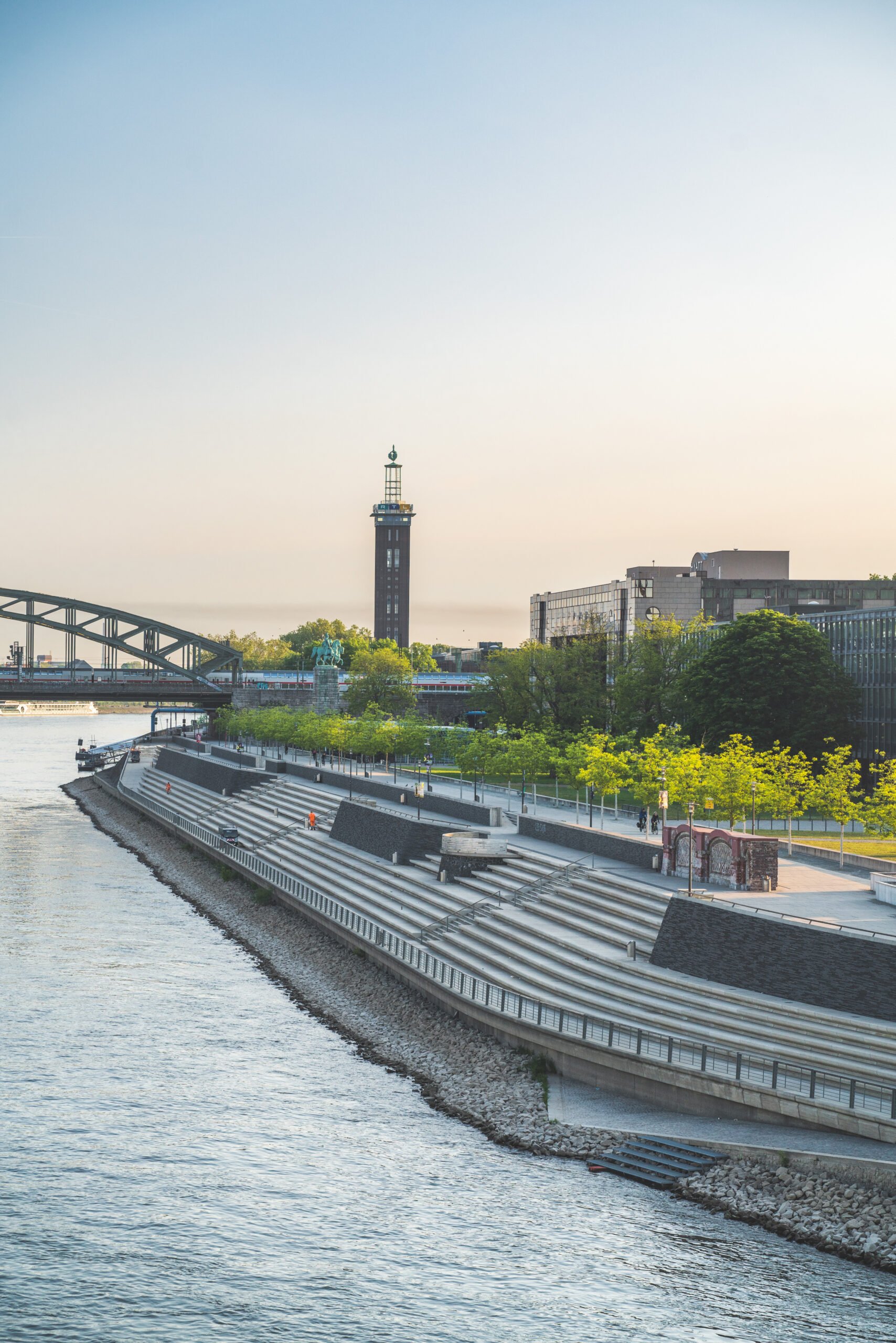
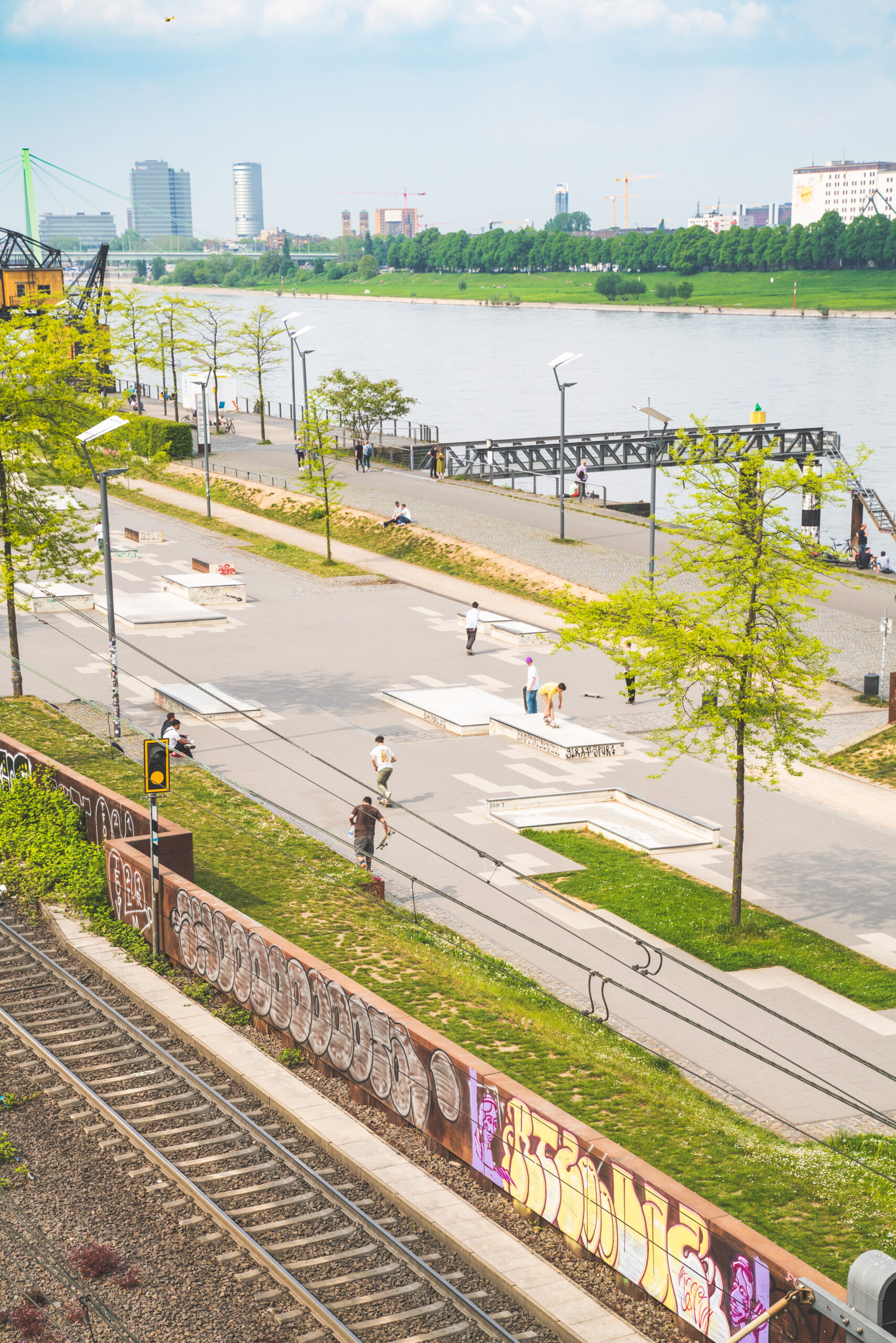
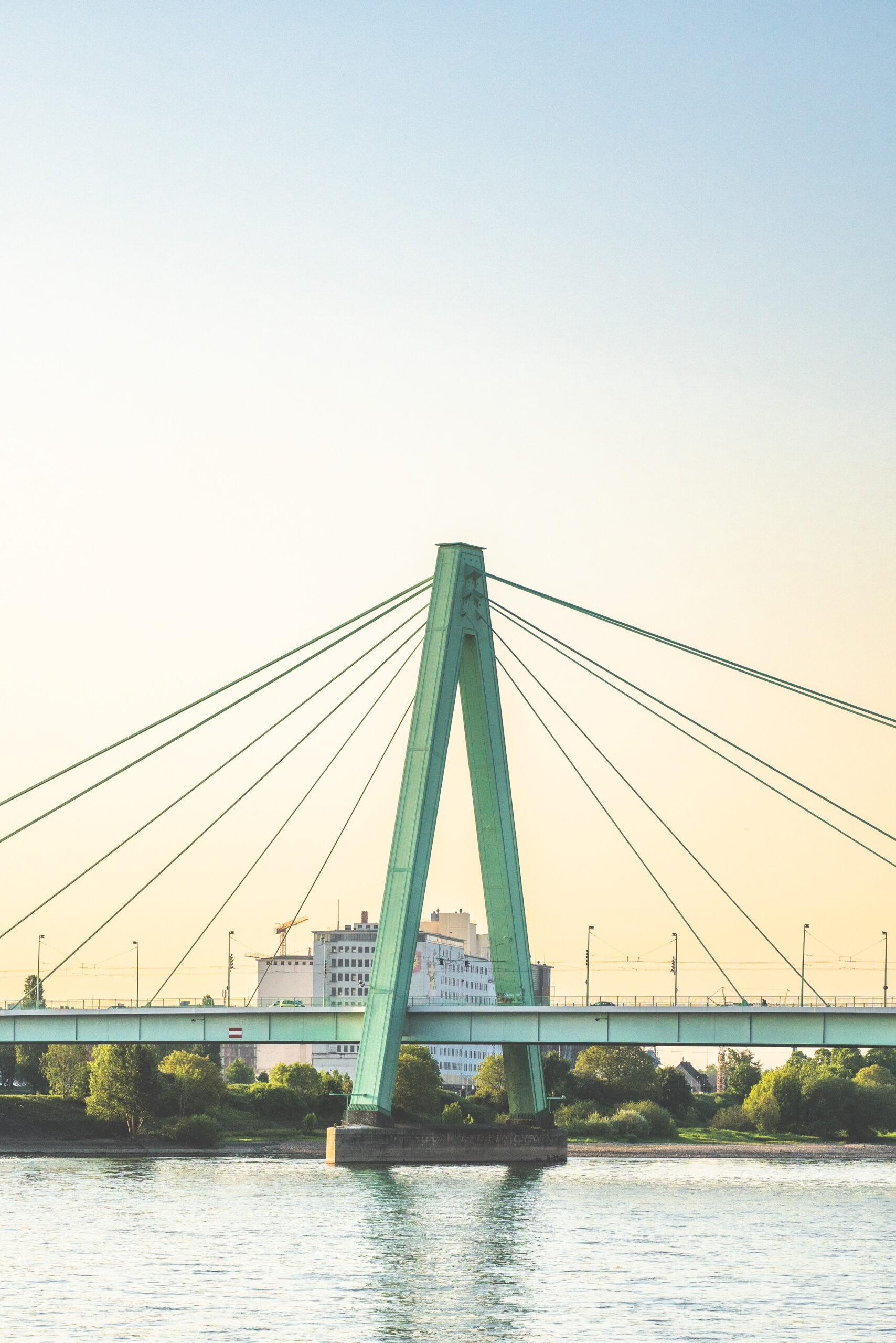
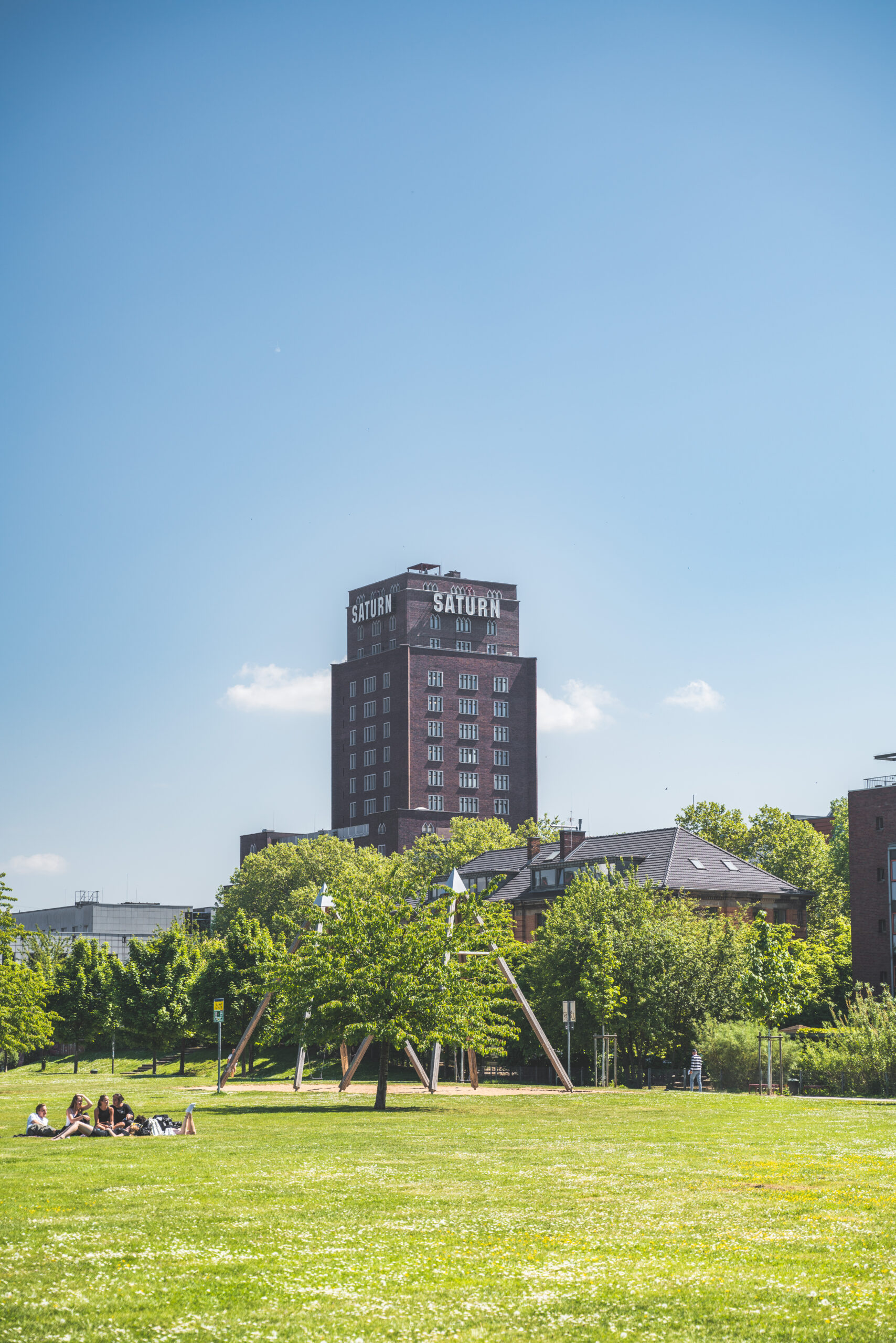
Kultur / Gegenkultur
I wanted to start my journey with a guided tour to understand a bit the city’s history. So I choose a free walking tour that was covering a little bit of everything. From the Roman past of the city to its well known monuments, the holocaust and some crazy anecdotes. Overall, the tour guide was fun and very instructive. When you are new to a city, free tours are definitely the best way to understand the overwhelming flow of information that’s around you. After the walk ended, I headed to one of the numerous museum of the city : the Kolumba.
Amongst all the museums I ever visited, the Kolumba will remain in my top 5. It was designed by the renowned Swiss architect Peter Zumthor : the building is exceptionally well conceived and the museography is an experience of its own. At the beginning of the visit, the intendant gives you a small book, that will serve as a guide that explains every artefacts or piece of art, almost like a pocket Torah. It is impossible to read it on the spot, because it is very dense, but it gives you some clues of what’s what. Furthermore, the spaces of the museum are maintaining a strong dialog with their content. For instance, the first space you cross by, is a shady space, only illuminated with some spotlights highlighting the ruins and small mashrabiya punctuating the façade. The whole visit is a promenade around a culture that is not only explained through its religion, but also by artefacts and traditions from the everyday life.
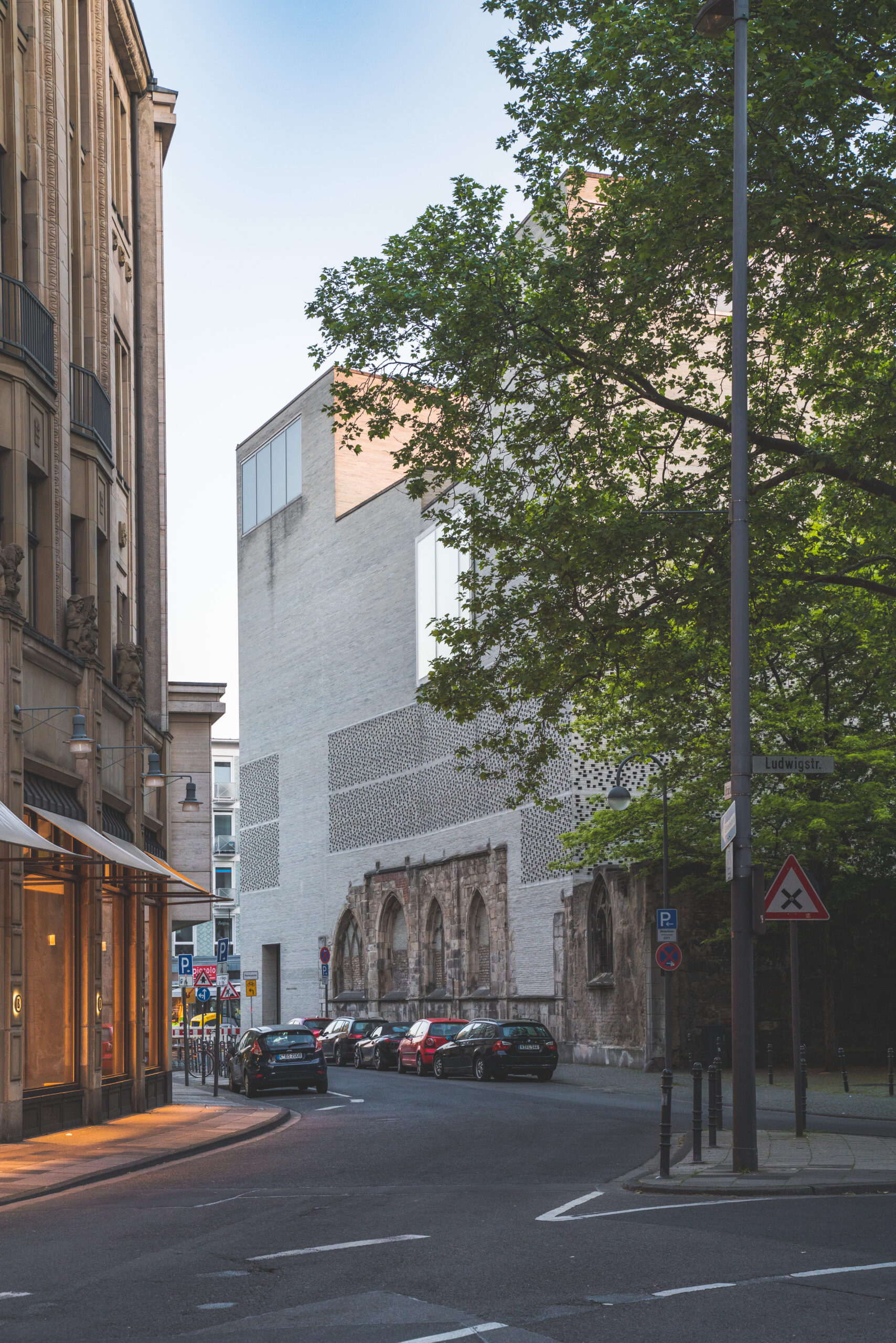
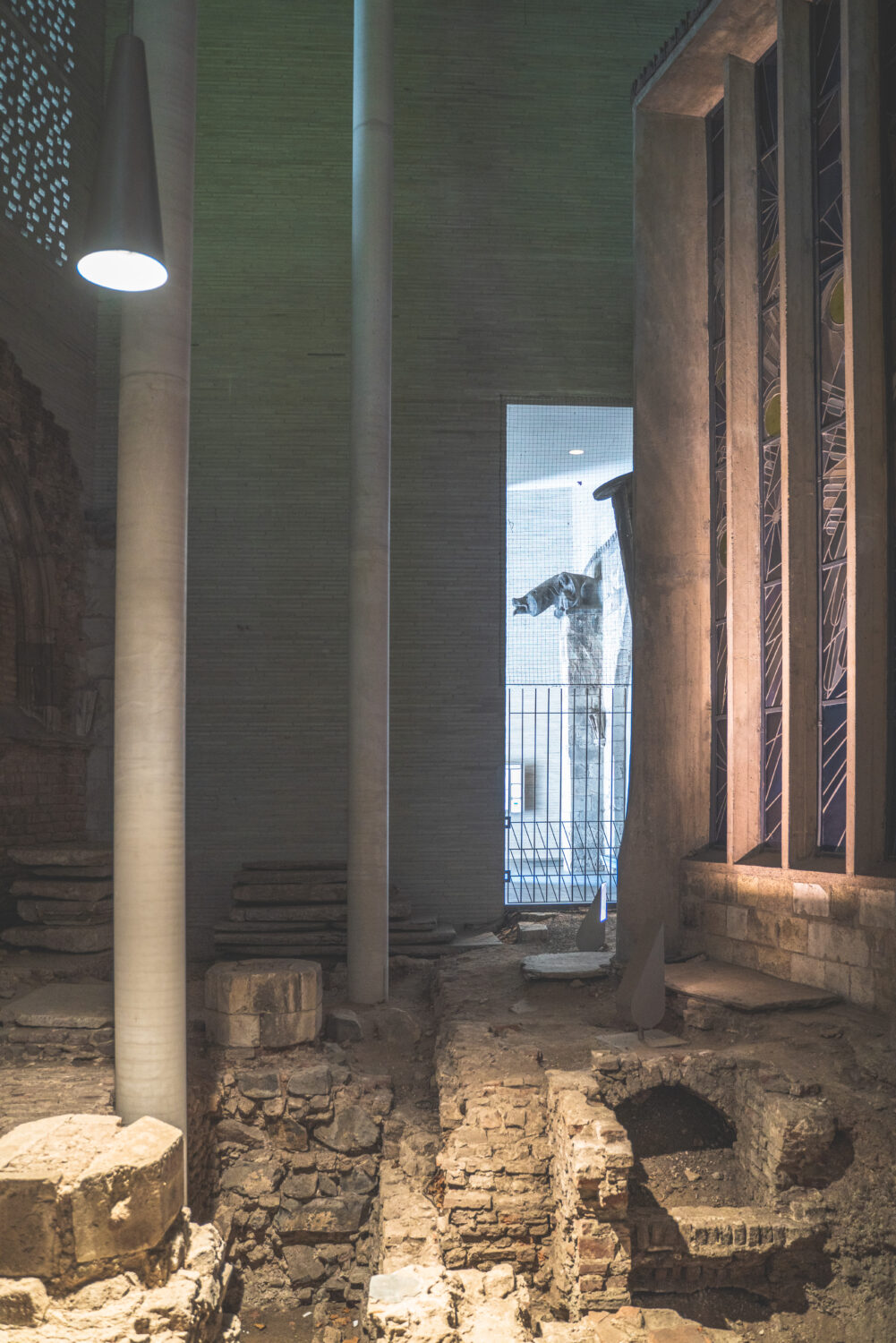
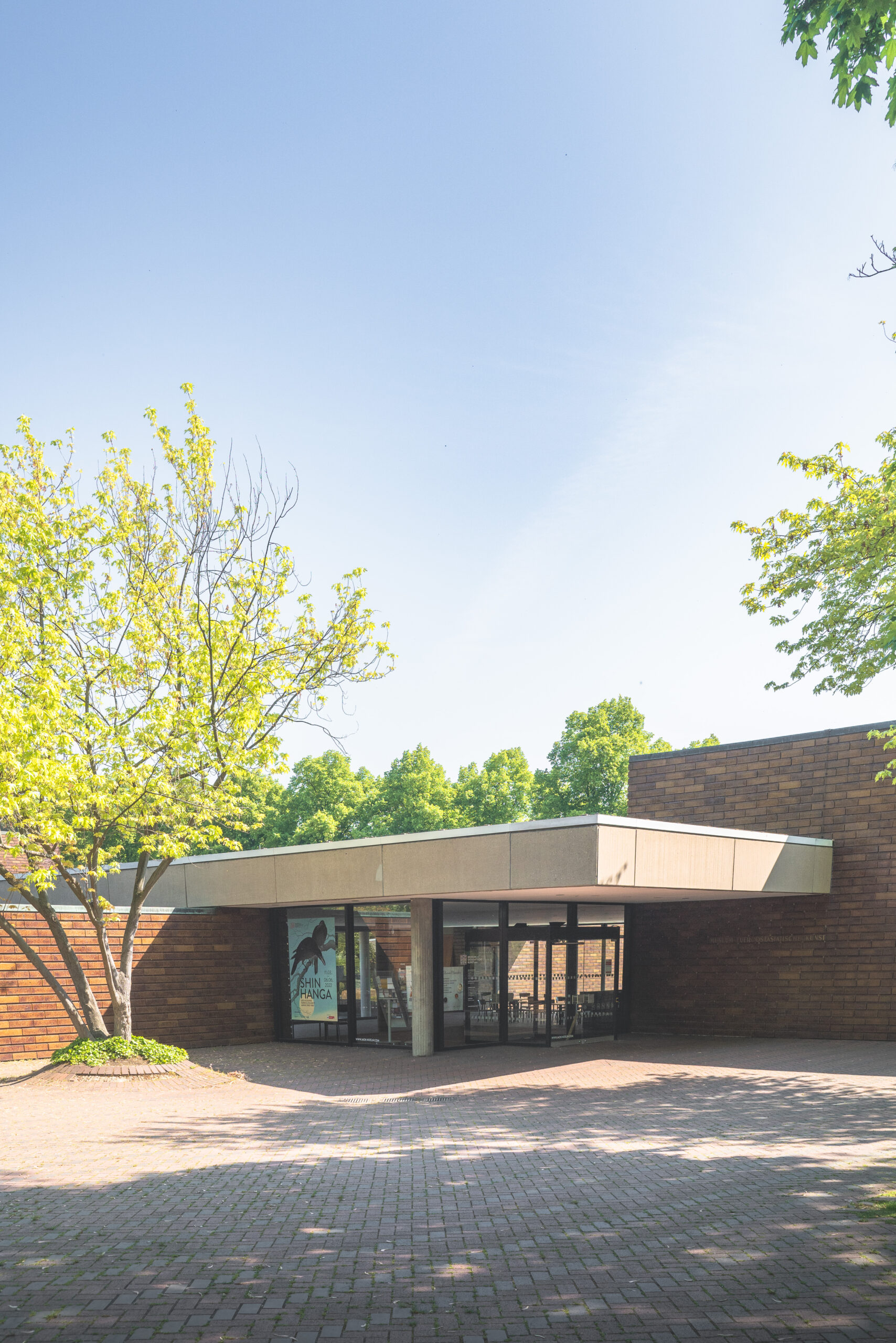
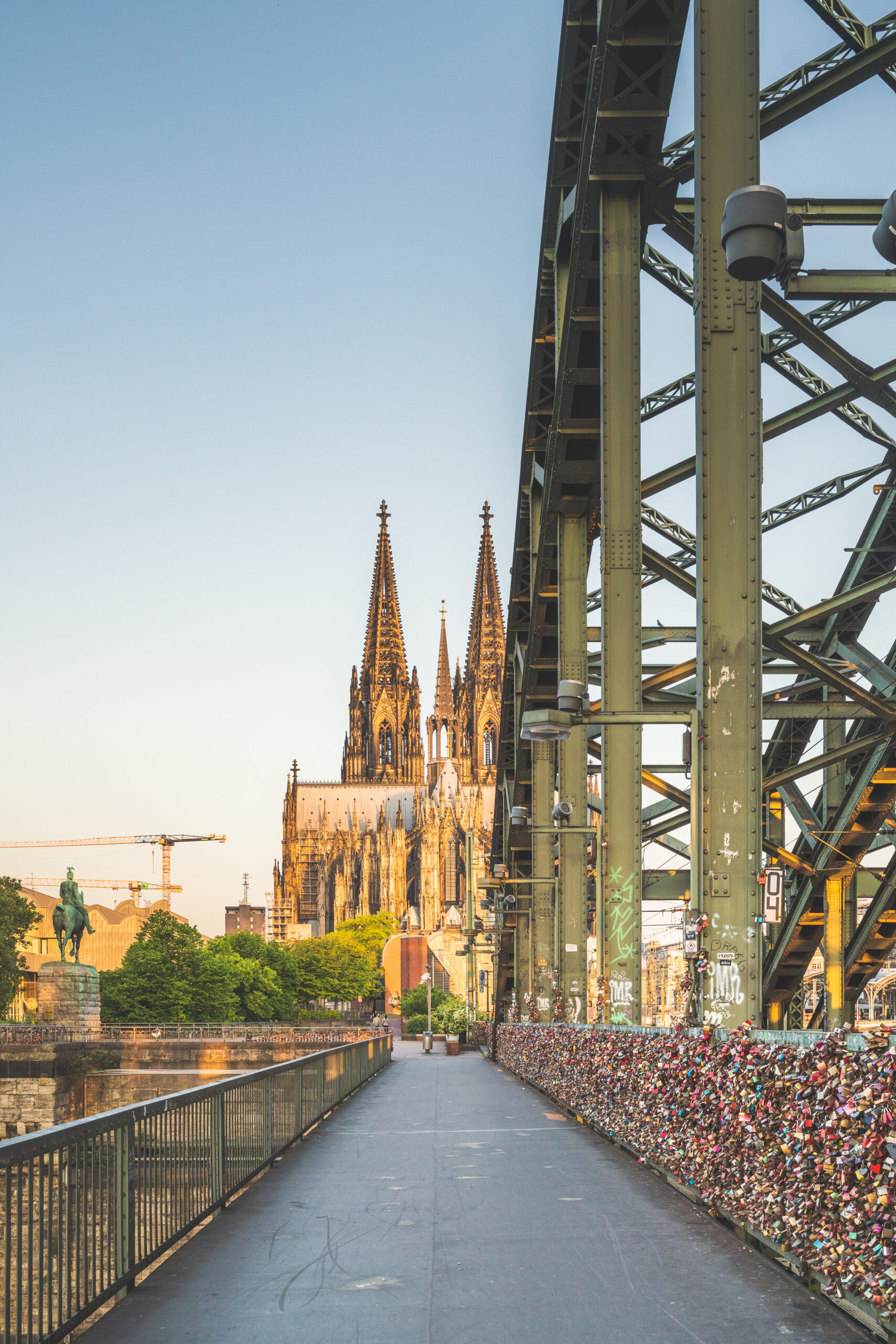
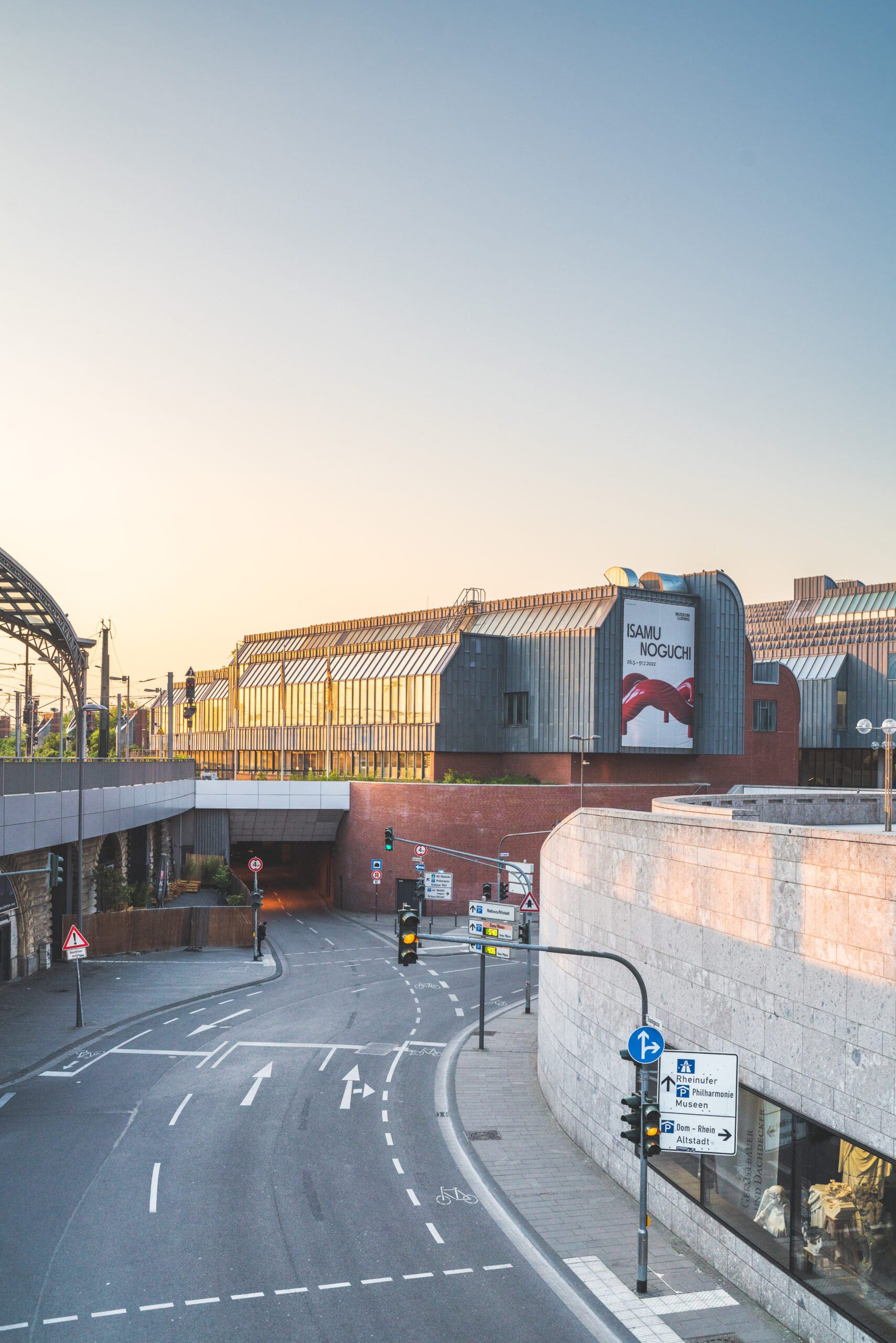
Cologne is constantly reinventing itself. There are clear political intentions to revitalize deserted areas and to improve public spaces. In that regard, an urban competition was launched some years ago to transform the old harbor « Deutzer Hafen » into a brand new district. The Danish architects COBE were selected for their effective and clear design. As I am writing these words, the facility is a mixture of multiple junkyards, abandoned buildings and deserted lands. Anyhow, the new masterplan revolves around water and the architects are aiming to keep the most Iconic buildings and portuary facilities, to transform them or reuse them as landmarks reminiscent to the place’s past long gone.
I definitely think that we are more and more heading into a true sustainable model for our cities. Architectes, landscape architectes and urban architects, are working hand in hand with the city’s officials to preserve not only buildings, but also the essence of the place, in order to highlight its history through conservation. To me, a city that is able to be rebuild on itself is showing a real proof sustainability. Reusing what is already there, is the less energy consuming method capable to brace the upcoming climate crisis. There is no other way forward.
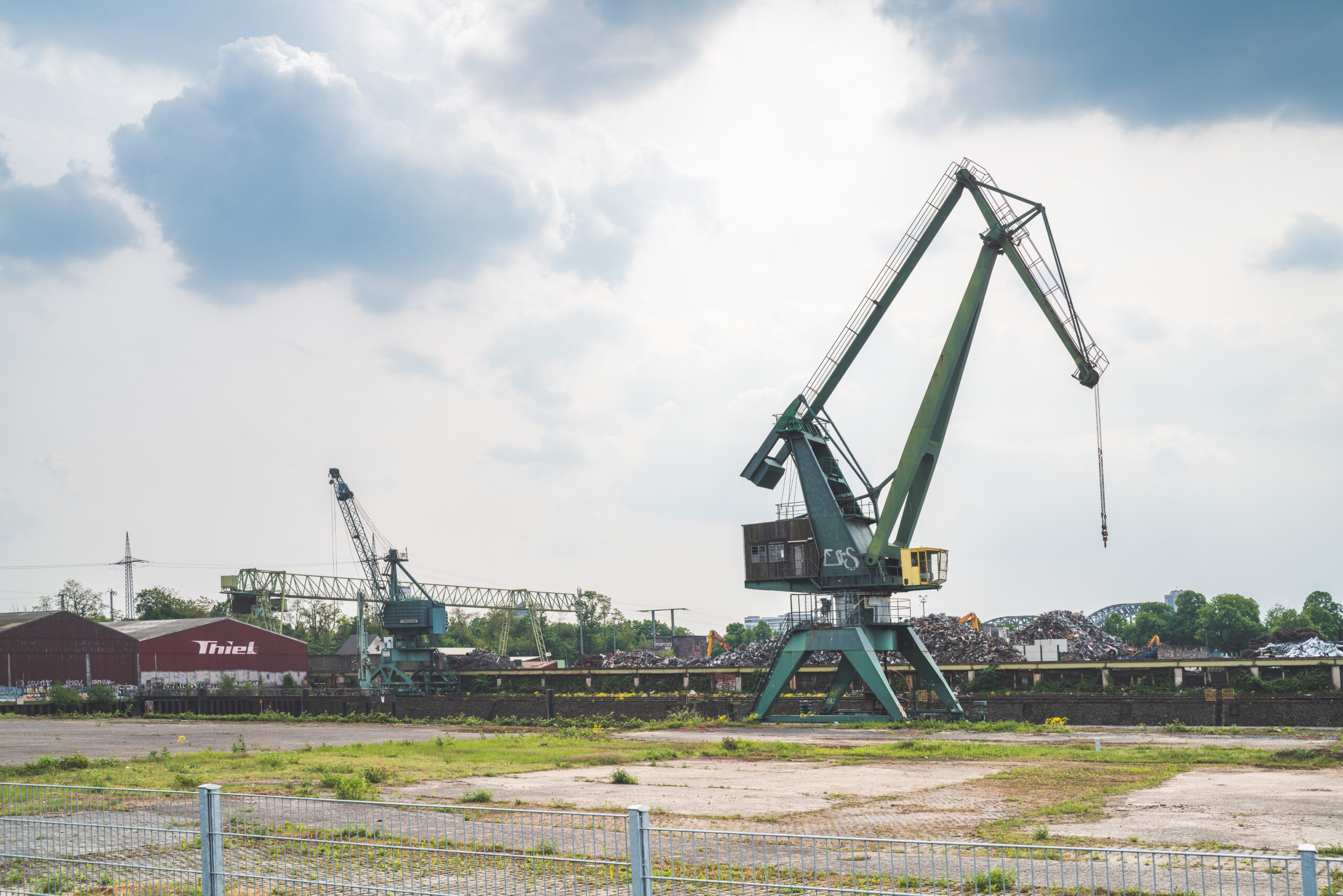
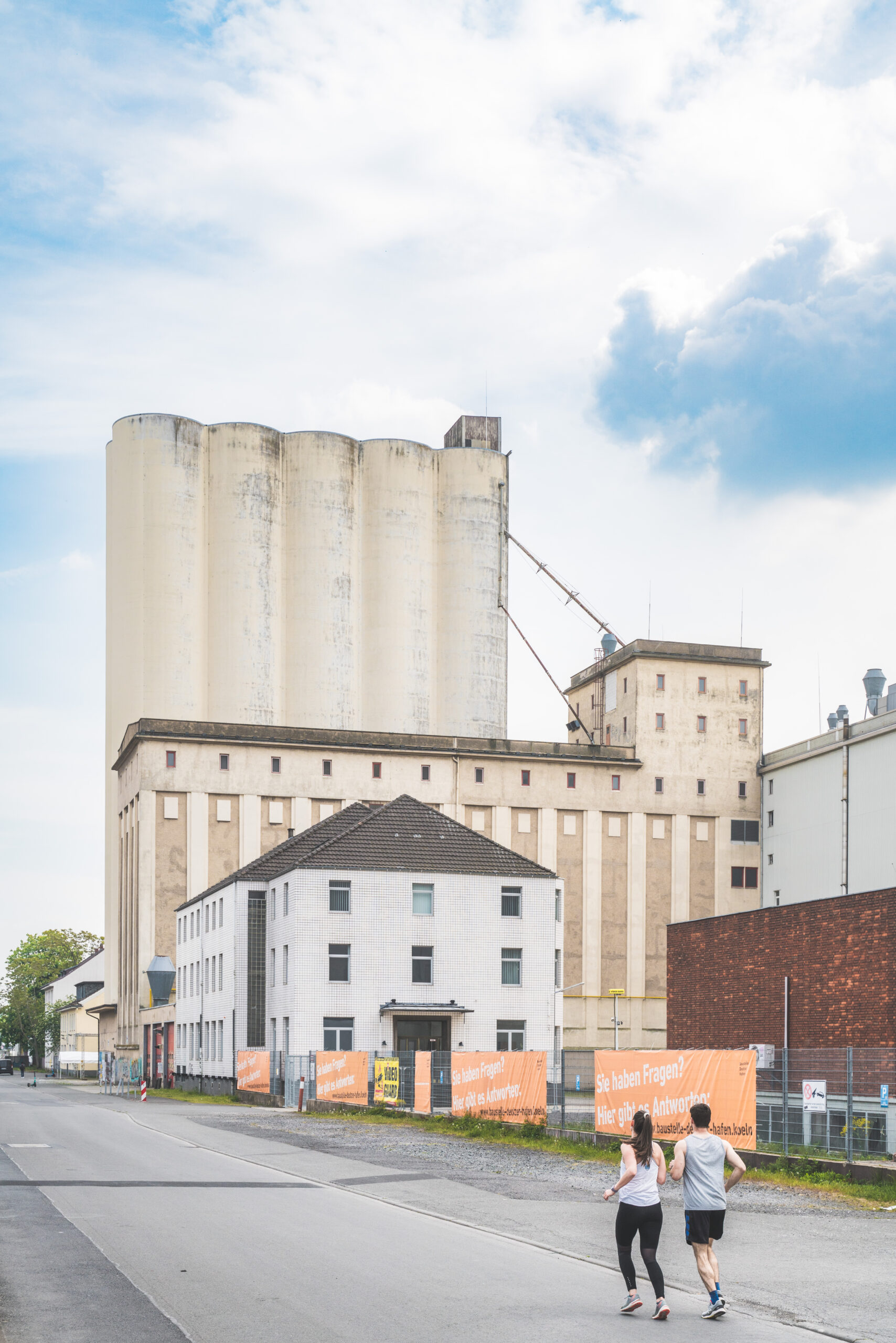
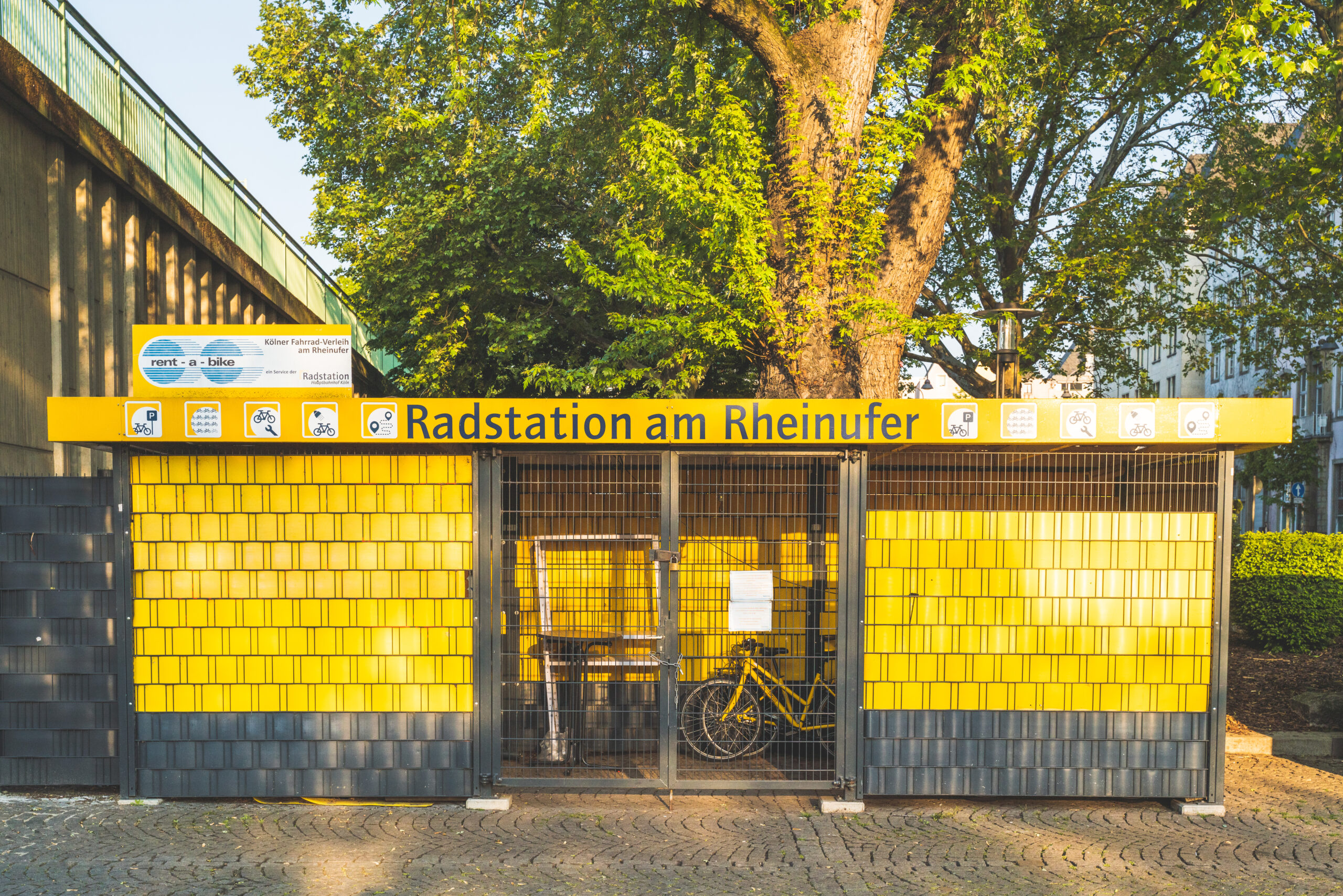
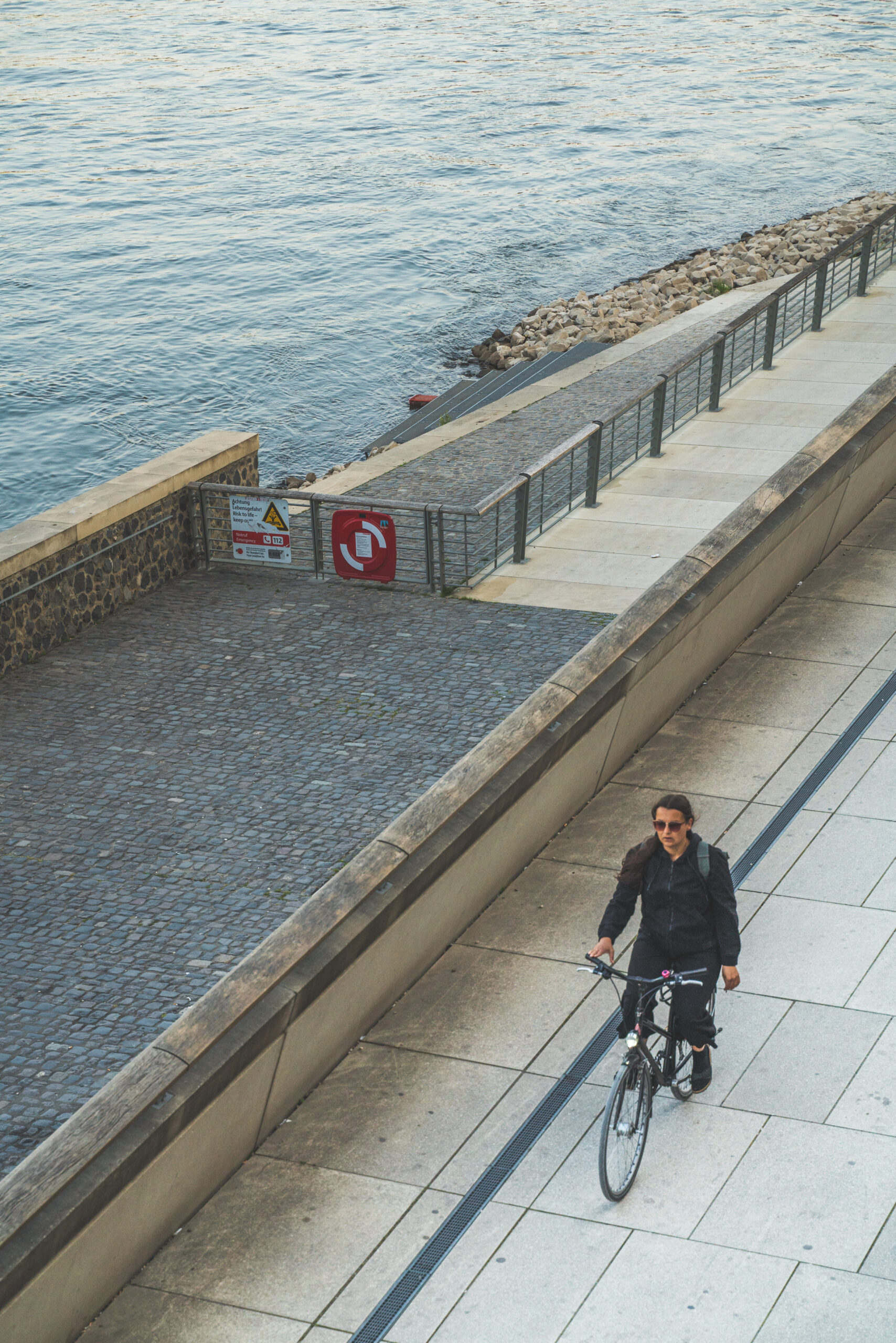
«Stumbuling stones »
The last thing I wanted to write about was those metallic pavements. They are the world’s largest decentralised monument to the Holocaust made by the local artist Gunter Demnig. You can see these all across Europe, from Hungary to the Netherlands. They commemorate the deported people to the death camps. Not only jewish people but also roms, disabled, homosexuals, mentally hill people (…) all those who unjustifiably suffered from the war, just for being who they were.
The artist wanted them to be a bit higher than the pavement level so that people would slightly stumble on them and bow. That way they cannot be either ignored nor forgotten. Furthermore, they are made out of bronze, so when people step on them, they polish the metal and it never oxidize. With these simple gestures the artist creates an allegory that prevents history to be ever forgotten, as long as we stumble upon it.
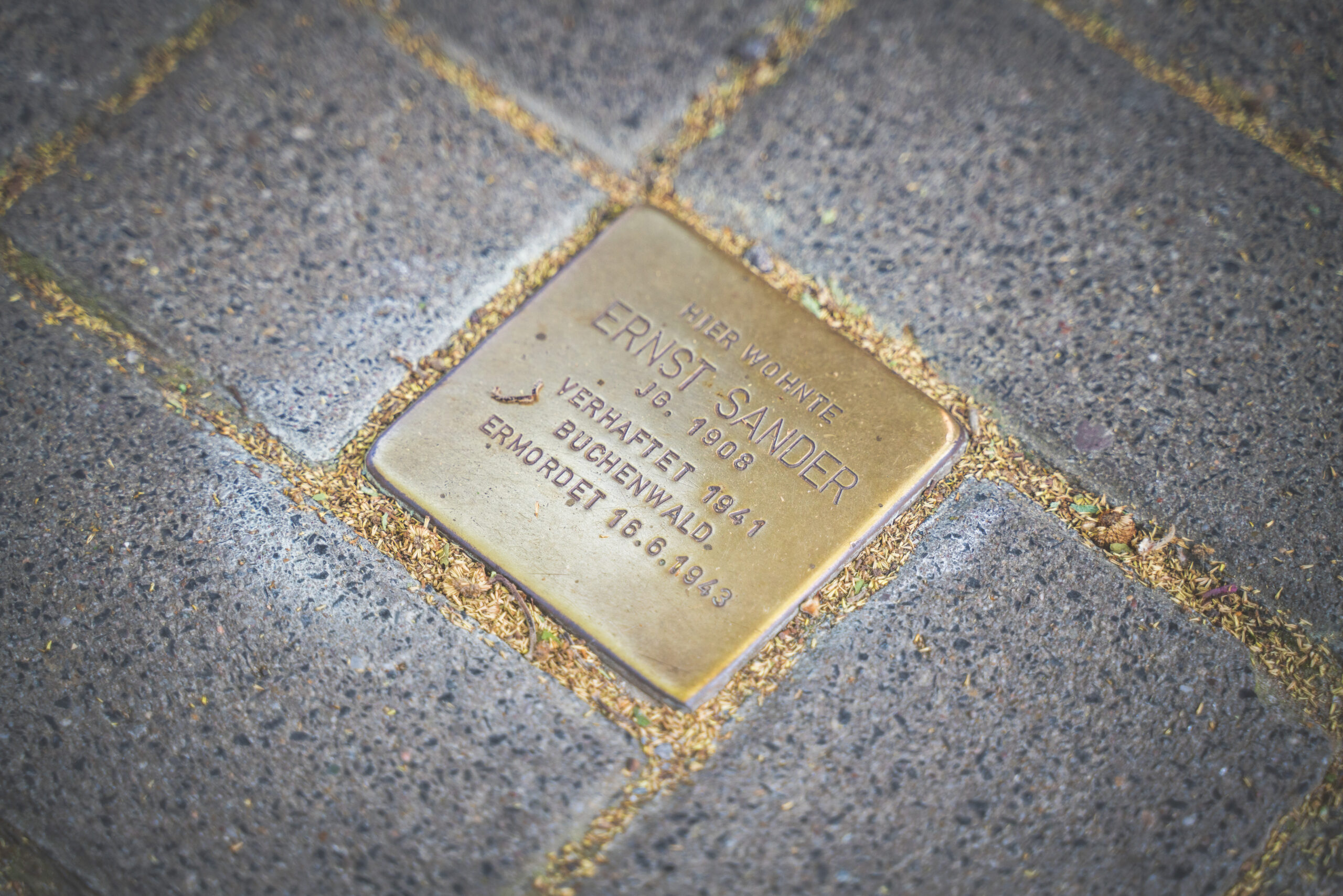
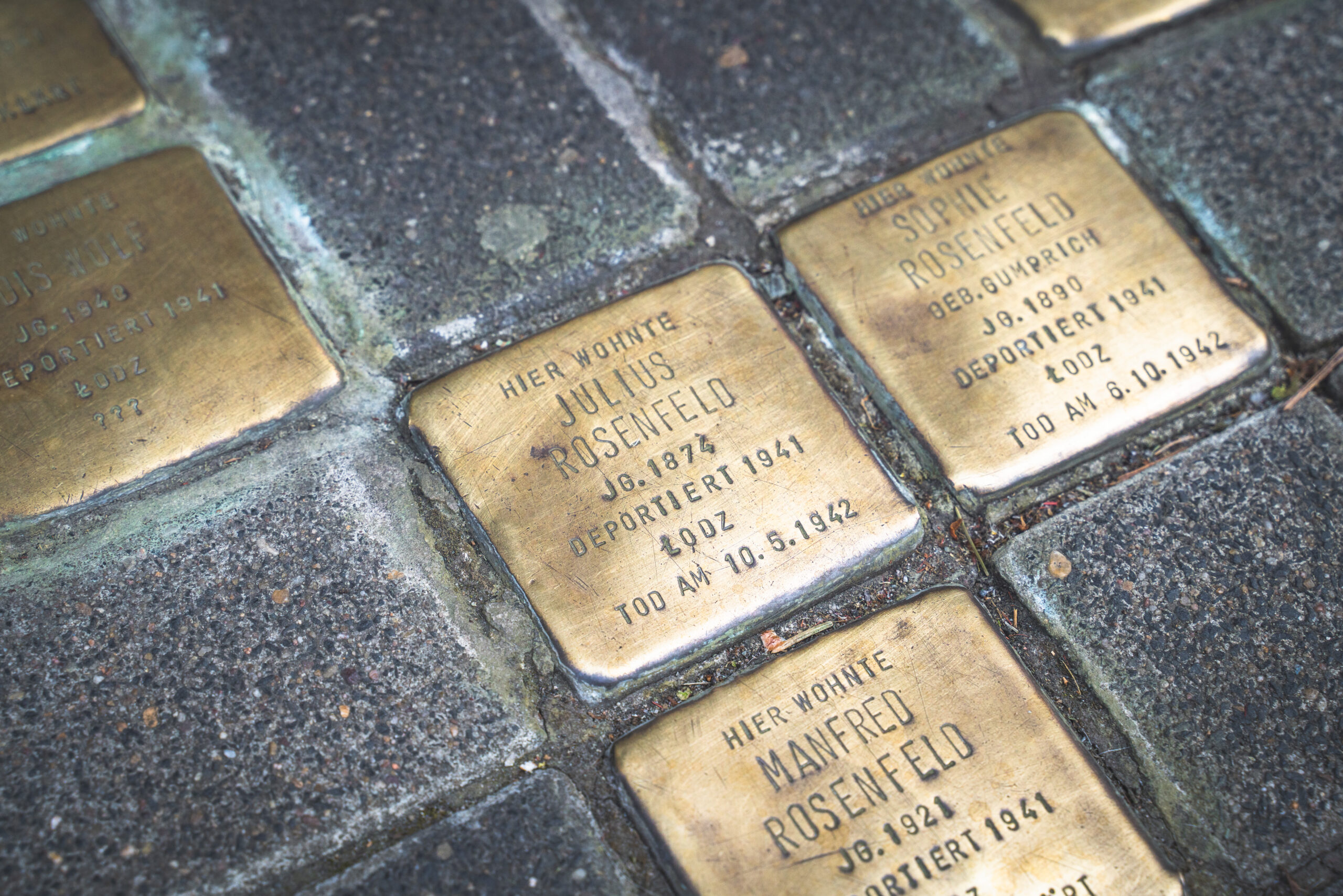


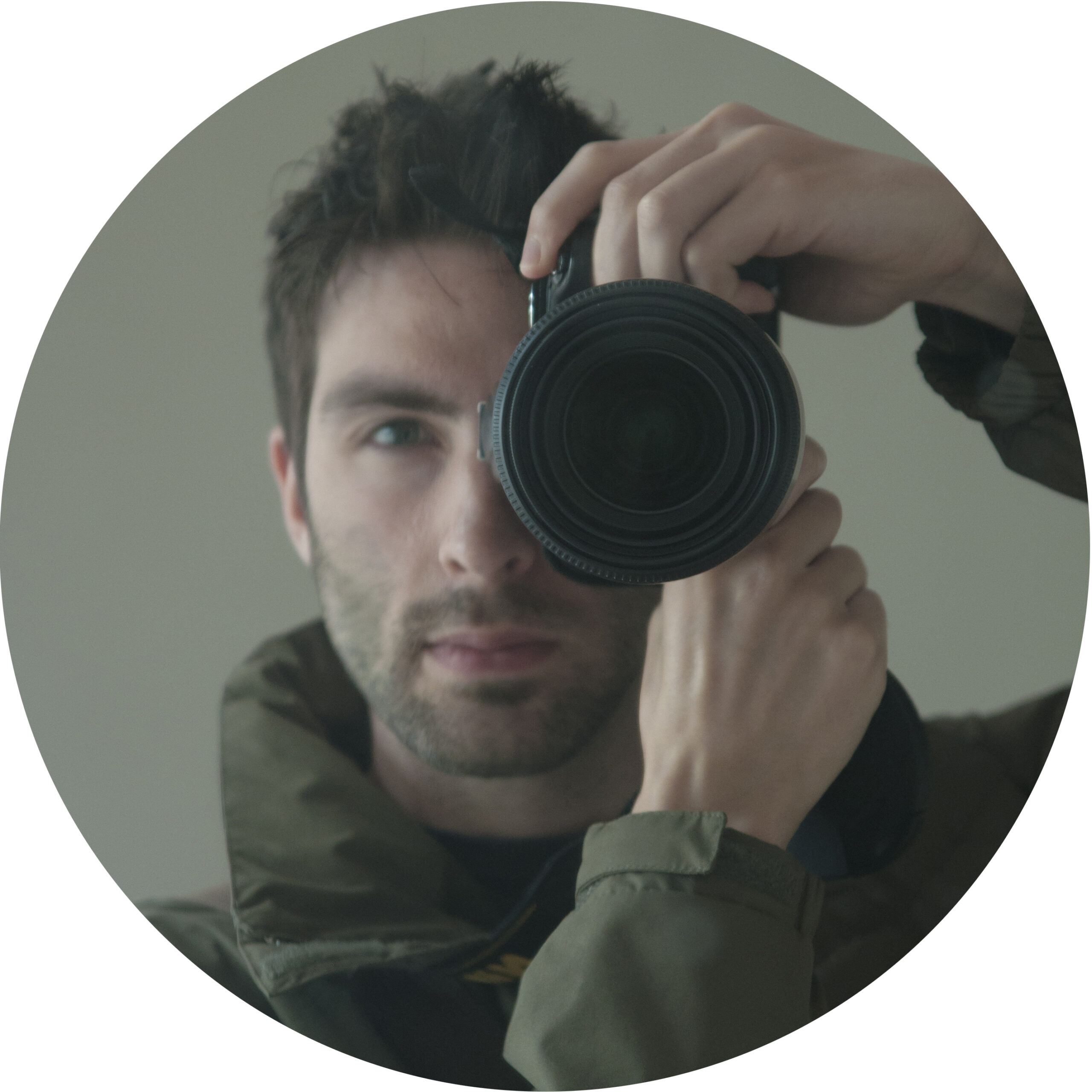
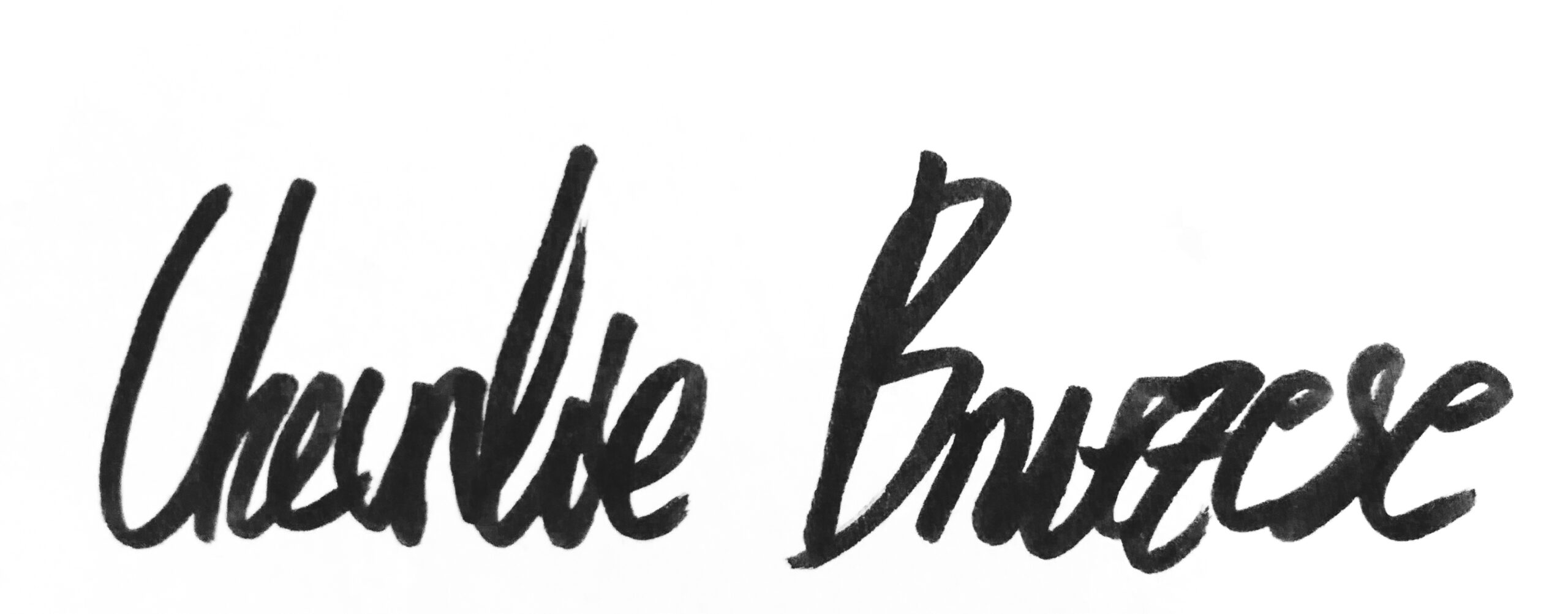
Leave a reply